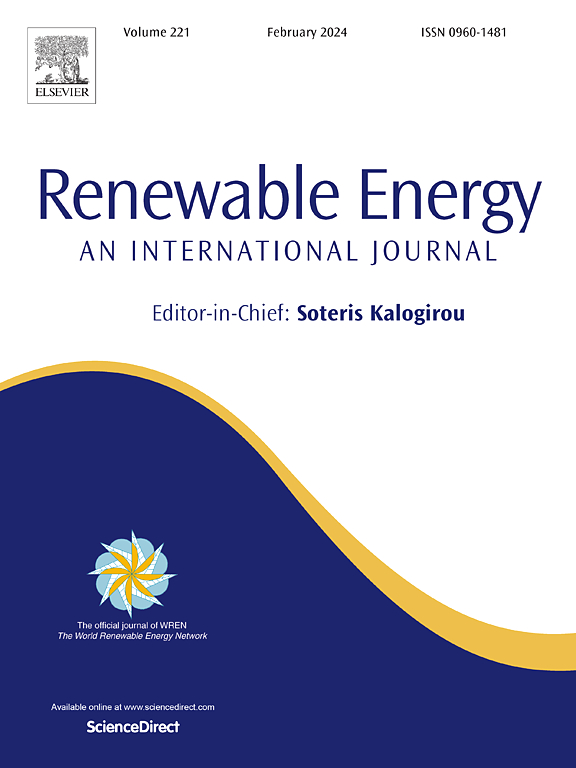Evaluating the potential of solar PV to reduce energy costs in fuel poor households
IF 9.1
1区 工程技术
Q1 ENERGY & FUELS
引用次数: 0
Abstract
Energy costs represent a significant proportion of household incomes and contribute to fuel poverty. Energy demand also contributes to carbon emissions which must decrease to meet net zero targets. Low Carbon Technologies (LCTs), such as solar photovoltaics (PV), offer opportunities to reduce household energy costs and emissions. However, many LCTs have strict spatial requirements that must be considered to identify buildings that can maximise benefits. This study used bespoke and transferable high-resolution solar PV models alongside government retrofit data to assess solar PV's potential to reduce energy costs in a sample of fuel poor homes. Results showed that households can reduce electricity expenditure by an average of 26 % and a maximum of over 41 %. Pen Portraits revealed that savings could reduce household expenditure by up to 43 %, thus reducing risk of fuel poverty. When combined with energy efficiency measures already installed, solar PV can reduce household expenditure and carbon emissions. Transferable spatial approaches can be used to lower technical barriers to adoption of LCTs while also proposing areas to promote sustainable practices and behaviours. Spatially targeted policies can then be used to allocate budgets, equipment, information and support structures to maximise self-consumption and adoption of renewable technologies.
评估太阳能光伏在燃料贫乏家庭中降低能源成本的潜力
能源费用占家庭收入的很大比例,并造成燃料贫穷。能源需求也增加了碳排放,必须减少碳排放才能达到净零排放目标。低碳技术(lct),如太阳能光伏发电(PV),提供了减少家庭能源成本和排放的机会。然而,许多lct都有严格的空间要求,必须考虑这些要求,以确定可以最大限度地提高效益的建筑物。这项研究使用定制和可转移的高分辨率太阳能光伏模型以及政府改造数据来评估太阳能光伏在燃料贫乏家庭样本中降低能源成本的潜力。结果显示,住户平均可减少26%的电力开支,最多可减少41%以上。“笔肖像”显示,储蓄可以减少高达43%的家庭支出,从而减少燃料贫困的风险。与已经安装的能源效率措施相结合,太阳能光伏可以减少家庭支出和碳排放。可转移的空间方法可用于降低采用低成本技术的技术障碍,同时还可提出促进可持续做法和行为的领域。然后可以使用有空间针对性的政策来分配预算、设备、信息和支持结构,以最大限度地提高自我消费和采用可再生技术。
本文章由计算机程序翻译,如有差异,请以英文原文为准。
求助全文
约1分钟内获得全文
求助全文
来源期刊

Renewable Energy
工程技术-能源与燃料
CiteScore
18.40
自引率
9.20%
发文量
1955
审稿时长
6.6 months
期刊介绍:
Renewable Energy journal is dedicated to advancing knowledge and disseminating insights on various topics and technologies within renewable energy systems and components. Our mission is to support researchers, engineers, economists, manufacturers, NGOs, associations, and societies in staying updated on new developments in their respective fields and applying alternative energy solutions to current practices.
As an international, multidisciplinary journal in renewable energy engineering and research, we strive to be a premier peer-reviewed platform and a trusted source of original research and reviews in the field of renewable energy. Join us in our endeavor to drive innovation and progress in sustainable energy solutions.
 求助内容:
求助内容: 应助结果提醒方式:
应助结果提醒方式:


